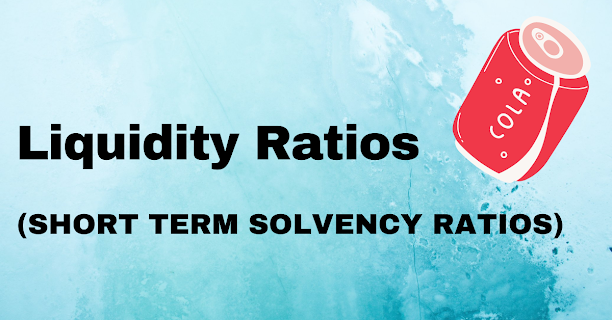How to Establish a Mutual Fund in Nepal

Mutual funds have opened new opportunities to investors and imparted much-needed liquidity to the system. In this process, they have challenged the hitherto dominant role of commercial banks in the financial market and national economy. It is one of the best platforms for small investors to invest their money. Table of content What is Mutual Fund? How to establish a Mutual Fund? Types of Mutual Funds Net Asset Value (NAV) of a Mutual Fund Scheme What is Mutual Fund? Mutual funds are trusts that pool together resources from small investors to invest in capital Market instruments like Shares , debenture, bonds, treasury bills, commercial paper, etc. The role of mutual funds in the financial market is to provide access to the stock market-related investments to: people with less money in their pocket people with less knowledge people with less time mutual funds also help investors with the step-by-step monthly savings of smaller amounts. How to establish a Mutual...





